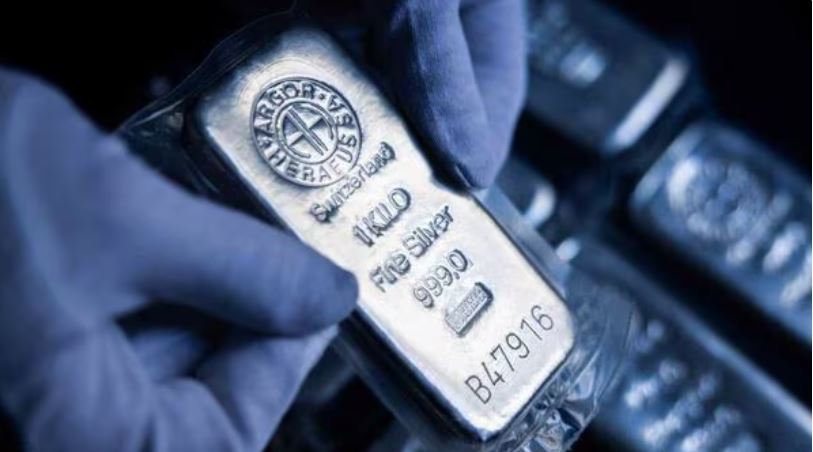Silver prices have surged to historic highs, crossing $53 per ounce this week, as a dramatic short squeeze in London’s bullion market triggered a scramble for physical supply. The move driven by tightening inventories, surging lease rates, and rising industrial demand has disrupted the broader precious metals ecosystem, from gold to platinum.
What Sparked the Silver Frenzy
The immediate catalyst lies in London’s shrinking stockpiles of deliverable silver. Over the past four years, warehouse inventories have fallen by nearly one-third, according to market estimates. With fewer bars available for settlement, traders caught short were forced into emergency buying, sending prices sharply higher.
Lease rates for physical silver, the cost to borrow the metal, have spiked above 30% annualized, creating intense pressure on leveraged short positions. Many of these positions were established on expectations of steady supply from mines and recycling streams that failed to materialize. Instead, the combination of supply constraints and heavy ETF inflows set the stage for one of the fiercest squeezes in decades.
Further tightening came as shipments of silver from London to New York earlier this year depleted available stock. The arbitrage move, intended to profit from higher U.S. premiums, left London’s reserves dangerously low. Meanwhile, Indian buyers, spurred by the festive season, accelerated imports, further draining global supply lines.
Ripple Effects Across Precious Metals and Industry
The squeeze’s impact extends beyond silver. Gold, often the bellwether for safe-haven demand, climbed to fresh record highs amid spillover sentiment. Platinum and palladium prices also firmed as investors repositioned into alternative metals. Grand View Research Inc. estimates the global precious metals market could exceed $865.3 billion by 2030, driven by rising investment flows and industrial applications across clean energy and technology sectors.
However, industrial users are bearing the brunt. Silver’s vital role in solar photovoltaics, semiconductors, and automotive sensors means manufacturers face higher input costs and potential delivery delays. Several electronics firms are reportedly revisiting procurement strategies as silver supply becomes increasingly unpredictable.
Mining companies, particularly those producing silver as a byproduct of zinc or copper extraction, are reaping short-term gains. But analysts warn that new capacity will take years to ease the bottleneck, given limited standalone silver mining operations.
Between Momentum and Volatility
While some analysts, including Bank of America, see potential for silver to hit $65 per ounce in 2026, others caution that the rally rests on fragile ground. Any cooling in industrial demand, easing of lease rates, or influx of supply could unwind the squeeze rapidly.
For now, silver’s surge has redrawn the dynamics of the precious metals market, illustrating how tightly linked physical supply, speculative flows, and industrial demand have become in a world increasingly defined by material scarcity and investor exuberance.















